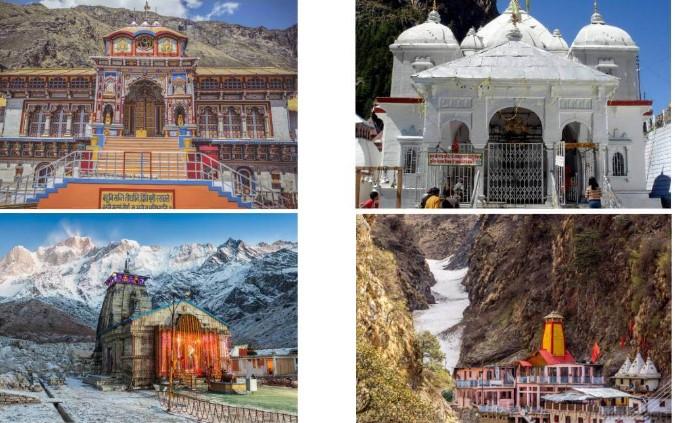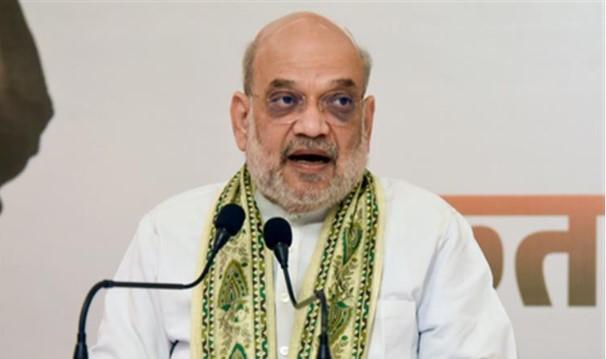Dehradun, A local NGO on Thursday emphasised the need to regulate the number of pilgrims visiting the Char Dham temples daily, warning that uncontrolled influx of devotees could be dangerous.
Citing media reports about the Uttarakhand government's decision not to impose any limits on the number of pilgrims visiting the Himalayan temples, Social Development for Communities Foundation founder Anoop Nautiyal said it posed a serious risk.
Nautiyal said, "This effectively means that every registered pilgrim would be permitted to visit the shrines. Considering the rising rush of pilgrims with each passing year, regulating the number of pilgrims becomes more important."
"Without regulating the number of pilgrims based on the carrying capacity of the holy shrines, a situation of overcrowding and mismanagement could easily arise, posing significant risks to both the pilgrims and the region's fragile environment," he added.
The annual Char Dham Yatra is scheduled to begin on April 30, with the opening of the Gangotri and the Yamunotri temples. Last year, about 50 lakh devotees reached the Char Dham Gangotri, Yamunotri, Kedarnath and Badrinath located in the Upper Garhwal Himalayan region.
SDC Foundation is a Dehradun-based NGO working in areas such as climate change, environment, urbanisation and waste management.
Nautiyal said SDC Foundation had consistently urged the government to consider the carrying capacity of the Char Dham sites.
Referring to a detailed report released by SDC Foundation on the Char Dham Yatra in 2024 that lasted for 192 days, he said it documented the number of daily visitors to each shrine over a 28-week period. It included 14 data-driven graphs highlighting 10 key issues, alongside a special feature analysing media coverage and recommendations to simplify the registration process.
While the government has said all pilgrims would be allowed entry into the shrines, many have found that online registration slots are already full for specific days.
As of now, slots for Yamunotri are already full until May 18 and slots for only seven days for Kedarnath remain open.
"If there are no restrictions on the number of pilgrims, then why are slots getting booked and why is registration being denied?" Nautiyal asked.
If registration is being restricted despite claims of unrestricted access, it could result in not only disappointment and inconvenience for pilgrims but also create operational difficulties for the government staff and departments involved, he added.
Nautiyal noted that the government had previously indicated a 60:40 ratio for online and offline registrations.
If pilgrims arrive in Uttarakhand under the assumption that everyone would be allowed, only to be turned away due to the slots being full, it could damage the state's reputation and create a chaotic situation, he said.
"The focus must now shift from celebrating record-breaking numbers to ensuring that the yatra is managed with consideration for the health and safety of pilgrims, preservation of local ecosystems and the welfare of communities that depend on these sacred sites," Nautiyal said.
"We urge the government and stakeholders to adopt a more regulated, capacity-based approach to the pilgrim influx. The increased footfall is straining local infrastructure, degrading fragile ecosystems and disrupting the sanctity of the holy places," he added.
The tendency of the state government to widely promote the Char Dham pilgrim numbers as a record is not right. Focusing solely on pilgrim numbers as some sort of a new record undermines the yatra's spiritual and cultural significance, he claimed.
The essence of the Char Dham Yatra lies in its religious and emotional value, connecting devotees to the divine and offering spiritual renewal. When the emphasis shifts to counting pilgrims, it risks reducing this profound experience to a mere statistical achievement, the SDC Foundation founder said.
The increased footfall is straining local infrastructure, degrading fragile ecosystems and disrupting the sanctity of the holy places, he added.




